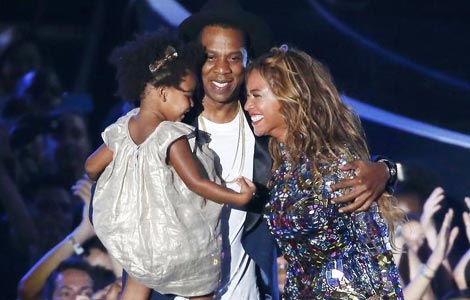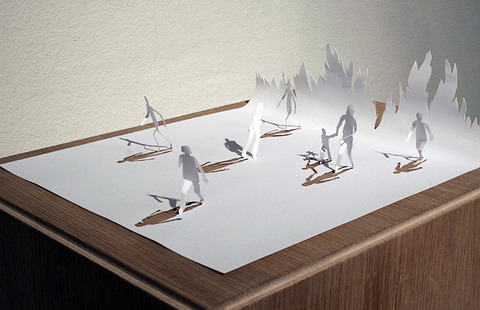Triple play in reshaping Chinese painting
By Lin Qi ( China Daily ) Updated: 2014-08-26 07:16:00
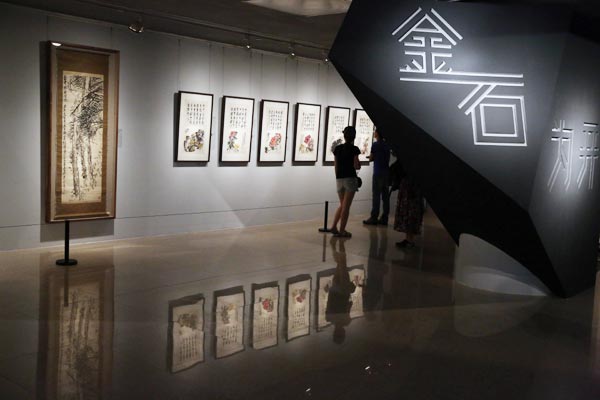 |
|
The upcoming exhibition Tracing the Past, Painting the Future will feature three Chinese master painters-Wu Changshuo, Pan Tianshou and Qi Baishi. Jiang Dong / China Daily |
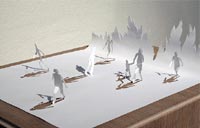 |
| Danish artist creates unique paper art |
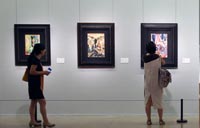 |
| Oil exhibit captures social background |
Wu Changshuo (1844-1927) and Pan Tianshou (1897-1971) were two highly acclaimed good friends despite a big age difference. Wu called Pan "da qi", meaning a genius.
Meanwhile, Qi Baishi (1863-1957), who was a fan of Wu, introduced his art style to northern China. But the two masters never met.
The association among these three peaks of Chinese painting will be celebrated in Tracing the Past, Painting the Future at the National Art Museum of China.
The exhibition marks the 170th anniversary of Wu's birth, and will juxtapose the trio's masterpieces as well as works of another 14 painters who were deeply influenced by Wu.
The paintings come from NAMOC's collection, with about 40 percent of them making a public debut.
Wu is hailed as one of the "four masters of the Shanghai painting school in the late Qing Dynasty (1644-1911)". The school departed from the aloofness of the dominant literati painting, and adopted a renovated style that was well received by the nouveaux rich. Painters incorporated Western painting techniques to apply vivid, contrasting colors. They painted joyful subjects, such as peonies, to appeal to public taste.
Wu's merits are particularly demonstrated in his birds and flowers paintings.
"Although facing a rich and glamorous history of birds and flowers painting, Wu succeeded in finding a way out to renew the painting's face at the time. He was enlightened by the spirits of jinshi (seal carving) art to enrich the vocabulary of the genre," says Fan Di'an, director of NAMOC.
|
|
|
|
|
|
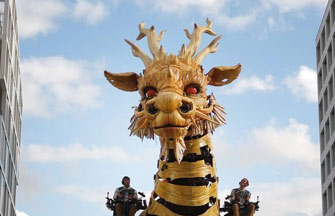
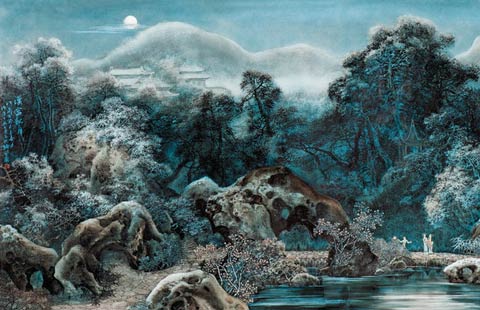
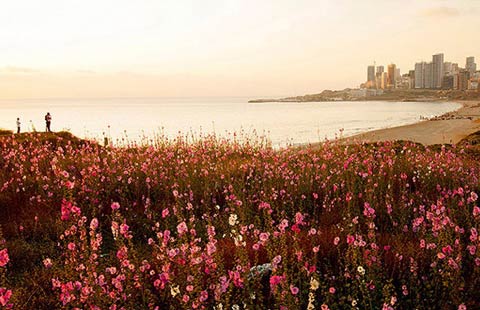
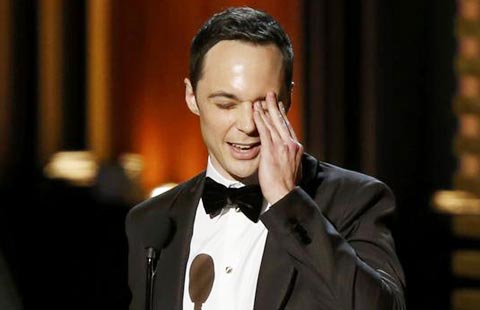
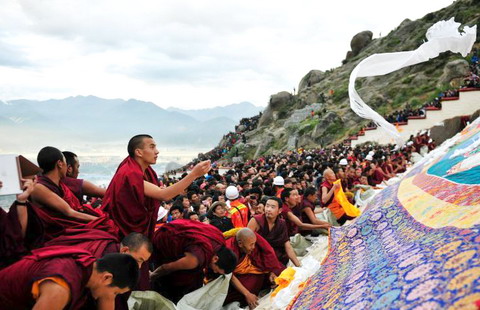
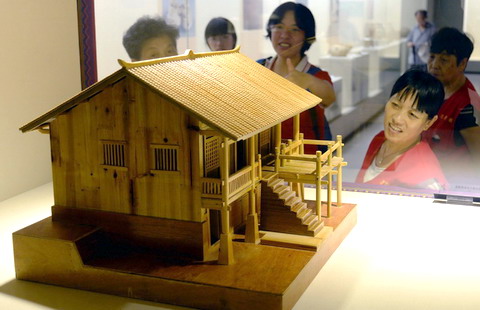
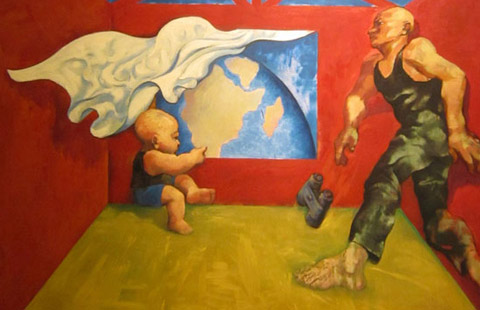
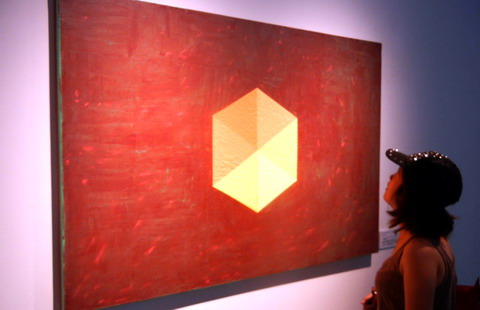
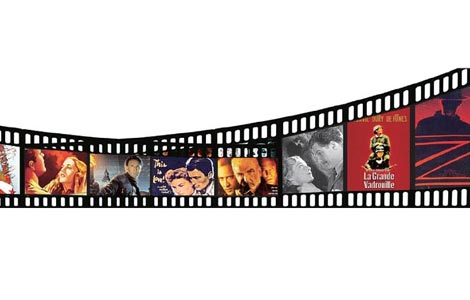
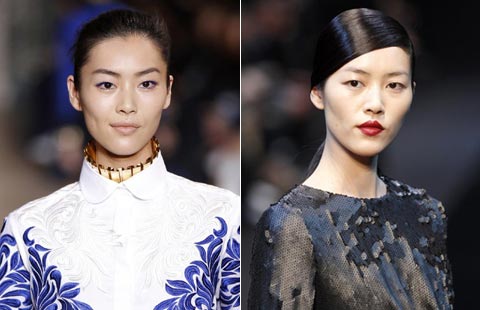
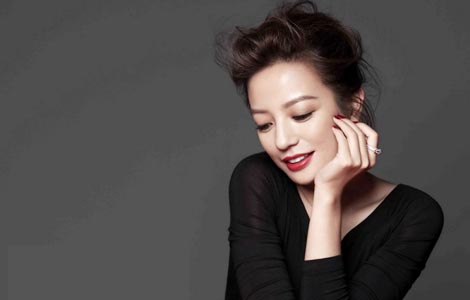


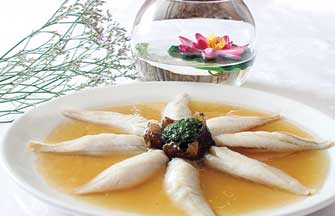


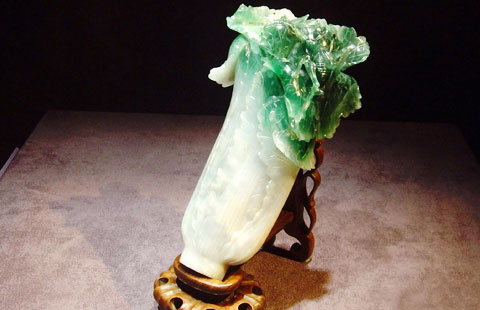

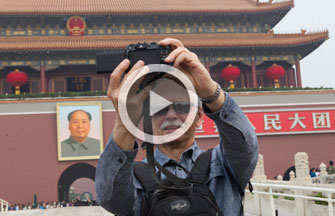

 Raymond Zhou:
Raymond Zhou: Pauline D Loh:
Pauline D Loh: Hot Pot
Hot Pot Eco China
Eco China China Dream
China Dream China Face
China Face
